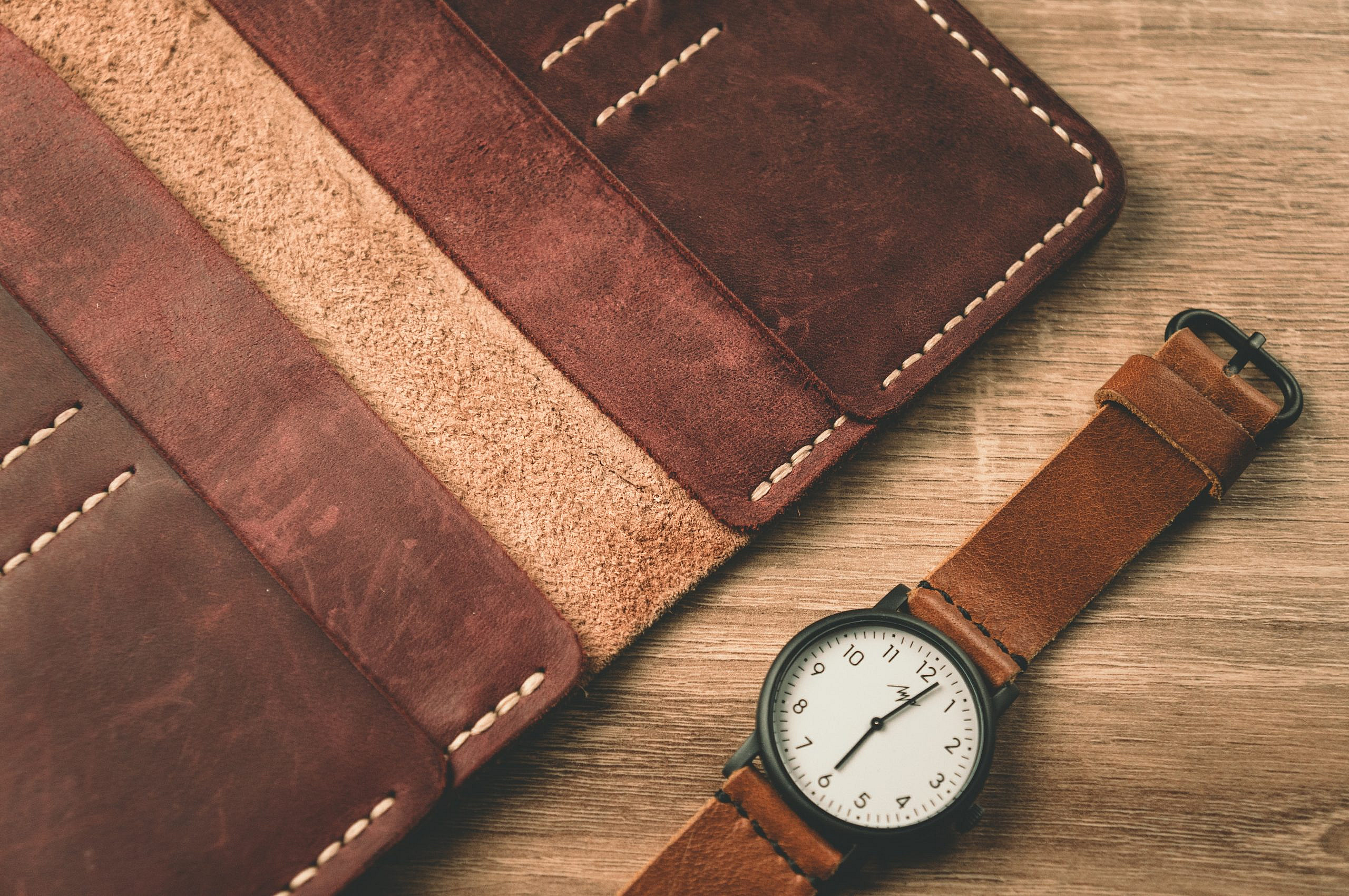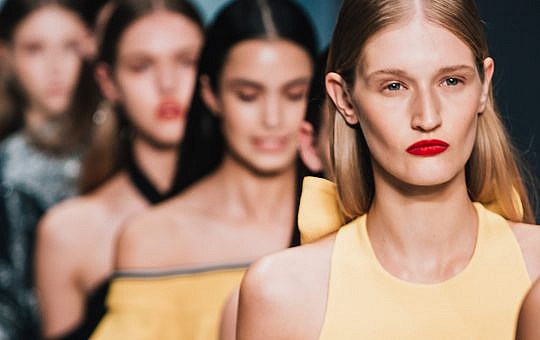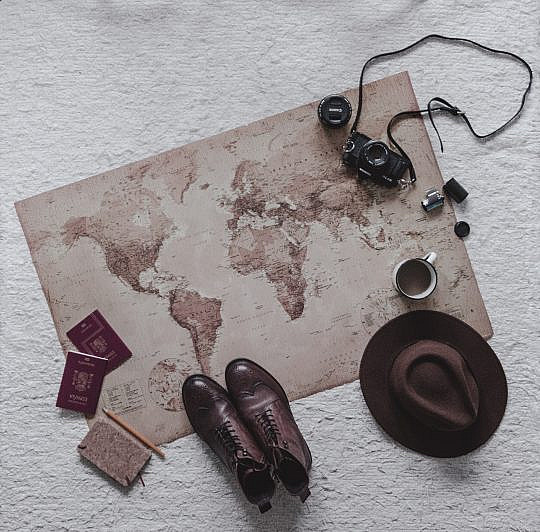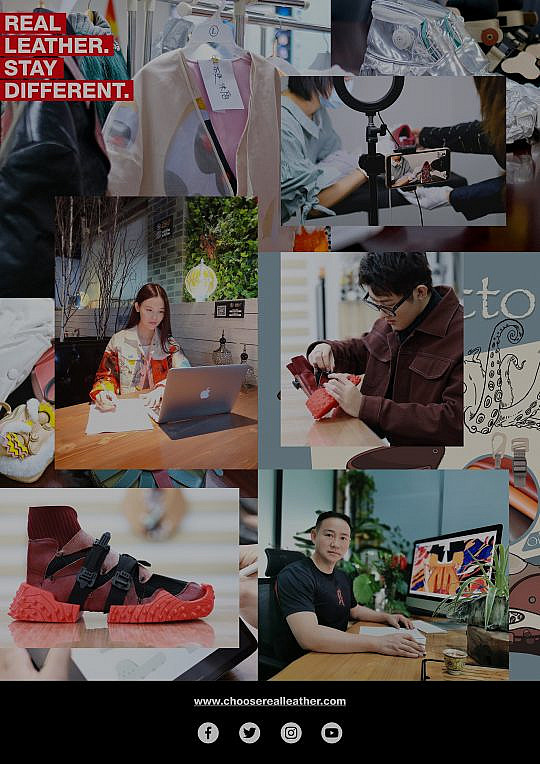Full Grain Leather
Uses: Saddlery, shoes and boots, upholstery.
Properties: Full grain leather includes the top split of the hide and may include the corium. Full grain from adult animals is quite thick, even if it includes just the top-split, and is appropriate for belts and saddles. Full grain from calves will be thinner and can be used in finer applications like shoes. Full grain can be made from both the outer and inner layer of the hide which makes it particularly durable. Full grain often shows the natural imperfections of the leather, its character. It is prized for its durability.
Top Grain Leather
Uses: Handbags, watchstraps, wallets, shoes
Properties: Top grain leather is very similar to full grain. It is made from the outer layer of the hide while the corium, or the “split” is removed. This makes the leather easier to dye and shape. It is of very high quality and more supple than full grain thus frequently used for wallets, shoes and watch straps.
Corrected Grain Leather
Uses: Handbags, watchstraps, wallets, shoes
Properties: Corrected grain leather can be either full-grain or top-grain but, but it is sanded or buffed to remove imperfections on the surface (grain) of the hide.
Genuine Leather
Uses: Belts, clothes, footwear, accessories
Properties: This can come from any layer of the hide except the outer which is reserved for full grain and top grain. Like top-grain it is sanded or buffed and is easy to dye and shape.
Split Grain Leather (Suede)
Uses: Shoes, furniture, clothes, accessories
Properties: This is cut from the lower levels of the hide, sometimes left over from the creation of top-grain leather. It is not as strong as full and top grain but it is very flexible and good for complicated designs. Suede leather often comes from the split grain. It can be easily coloured and left with the nap or dressed to be smooth. More details here.
Photo by Konstantin Evdokimov on Unsplash








